Tornado Fighter Jet Biography
During the 1960s, aeronautical designers looked to variable–geometry wing designs to gain the manoeuvrability and efficient cruise of straight wings with the speed of swept-wing designs. The United Kingdom had cancelled the procurement of the TSR-2 and subsequent F-111K aircraft, and was still looking for a replacement for its Avro Vulcan and Blackburn Buccaneer strike aircraft.[1] Britain and France had initiated the AFVG (Anglo French Variable Geometry) project in 1965, but this had ended with French withdrawal in 1967.[2] Britain continued to develop a variable–geometry aircraft similar to the proposed AFVG, and sought out new partners in order to achieve this.[3]
In 1968, West Germany, the Netherlands, Belgium, Italy and Canada formed a working group to examine replacements for the Lockheed F-104 Starfighter,[4] initially called the Multi Role Aircraft (MRA), later renamed as the Multi Role Combat Aircraft (MRCA).[5][6] The participating nations all had ageing fleets that required replacing, but as the requirements were so diverse it was decided to develop a single aircraft that could perform a variety of missions that were previously undertaken by a fleet of different aircraft.[7] Britain joined the MRCA group in 1968, represented by Air Vice-Marshal Michael Giddings, and a memorandum of agreement was drafted between Britain, West Germany, and Italy in May 1969.[8]
By the end of 1968, the prospective purchases from the six countries amounted to 1,500 aircraft.[9] Canada and Belgium had departed before any long-term commitments had been made to the programme;[10] Canada had found the project politically unpalatable; there was a perception in political circles that much of the manufacturing and specifications were focused upon Western Europe. France had made a favourable offer to Belgium on the Dassault Mirage S, which created doubt as to whether the MRCA would be worthwhile from Belgium's operational perspective.[10]
[edit]Panavia Aircraft GmbH
Main article: Panavia Aircraft GmbH
On 26 March 1969, four partner nations – United Kingdom, Germany, Italy and the Netherlands, agreed to form a multinational company, Panavia Aircraft GmbH, to develop and manufacture the MRCA.[1][4] The project's aim was to produce an aircraft capable of undertaking missions in the tactical strike, reconnaissance, air defence, and maritime roles; thus allowing the MRCA to replace several different aircraft then in use by the partner nations.[1][4] Various concepts, including alternative fixed-wing and single-engine designs, were studied while defining the aircraft.[11] The Netherlands pulled out of the project in 1970, citing that the aircraft was too complicated and technical for the RNLAF's preferences,[1] which had sought a simpler aircraft with outstanding manoeuvrability.[12] An additional blow was struck by the German requirement reduced from an initial 600 aircraft to 324 in 1972.[13]
Formation take-off of an RAF Tornado GR.1 and a Tornado F.2 prototype in September 1982
When the agreement was finalised, the United Kingdom and West Germany each had a 42.5% stake of the workload, with the remaining 15% going to Italy; this division of the production work was heavily influenced by international political bargaining.[14] The front fuselage and tail assembly was assigned to BAC (now BAE Systems) in the United Kingdom; the centre fuselage to MBB (now EADS) in West Germany; and the wings to Aeritalia (now Alenia Aeronautica) in Italy.[15] Similarly, tri-national worksharing was used for engines, general and avionic equipment. A separate multinational company, Turbo-Union, was formed in June 1970 to develop and build the RB199 engines for the aircraft, with ownership similarly split 40% Rolls-Royce, 40% MTU, and 20% FIAT.[1][16]
At the conclusion of the project definition phase in May 1970, the concepts were reduced to two designs; a single seat Panavia 100 which West Germany initially preferred, and the twin-seat Panavia 200 which the RAF preferred and which would become the Tornado.[16] The aircraft was briefly called the Panavia Panther, the project soon coalesced towards the two-seat option.[17] In September 1971, the three governments signed an Intention to Proceed (ITP) document, at which point the aircraft was intended solely for the low-level strike mission, where it was viewed as a viable threat to Soviet defences in that role.[18] It was at this point that Britain's Chief of the Defence Staff announced "two thirds of the fighting front line will be composed of this single, basic aircraft type".[15]
[edit]Prototypes and testing
The first of more than a dozen Tornado prototypes first took flight on 14 August 1974 at Manching, Germany; the pilot, Paul Millett stated of the incident: "Aircraft handling was delightful... the actual flight went so smoothly that I did begin to wonder whether this was not yet another simulation".[19] Flight testing led to the need for minor modifications. Airflow disturbances were responded to by re-profiling the engine intakes and the fuselage to minimise surging and buffeting experienced at supersonic speeds.[20] Testing revealed that a nose-wheel steering augmentation system, connecting with the yaw damper, was necessary to counteract the destabilising effect produced by deploying the thrust reverser during landing rollouts.[21] In August 1976, Soviet espionage activities were exposed trying to obtain information on the aircraft.[22]
Two prototypes were lost in accidents, both of which had been primarily caused by poor piloting decisions and errors leading to two ground collision incidents;[23] a third Tornado prototype was seriously damaged by an incident involving pilot-induced pitch oscillation.[24] The Tornado made use of relatively new electronic technologies to stabilise the aircraft's flight and augment its flight envelope, known as active control technology or fly-by-wire (FBW); thus several older aircraft types were extensively converted and rebuilt for testing to establish the concept's validity. In the late 1970s, British Aerospace developed a technology demonstration aircraft, a converted SEPECAT Jaguar, equipped with a full-authority digital flight control system, with progressive changes to the airframe to showcase the system's ability to compensate for aerodynamic irregularities and imbalances; MBB also flew a converted demonstrator aircraft, a Lockheed F-104G Starfighter, which similarly compensated for instability via a digital flight control system. Experience from both of these programmes would influence the Tornado, and to a greater extent, the later Eurofighter
Tornado Fighter Jet
Tornado Fighter Jet
Tornado Fighter Jet
Tornado Fighter Jet
Tornado Fighter Jet
Tornado Fighter Jet
Tornado Fighter Jet
Tornado Fighter Jet
Tornado Fighter Jet
Tornado Fighter Jet
Tornado Fighter Jet
Tornado Fighter Jet
Tornado Fighter Jet
Tornado Fighter Jet
Tornado Fighter Jet
Tornado Fighter Jet
Tornado Fighter Jet
Tornado Fighter Jet
Tornado Fighter Jet
Tornado Fighter Jet
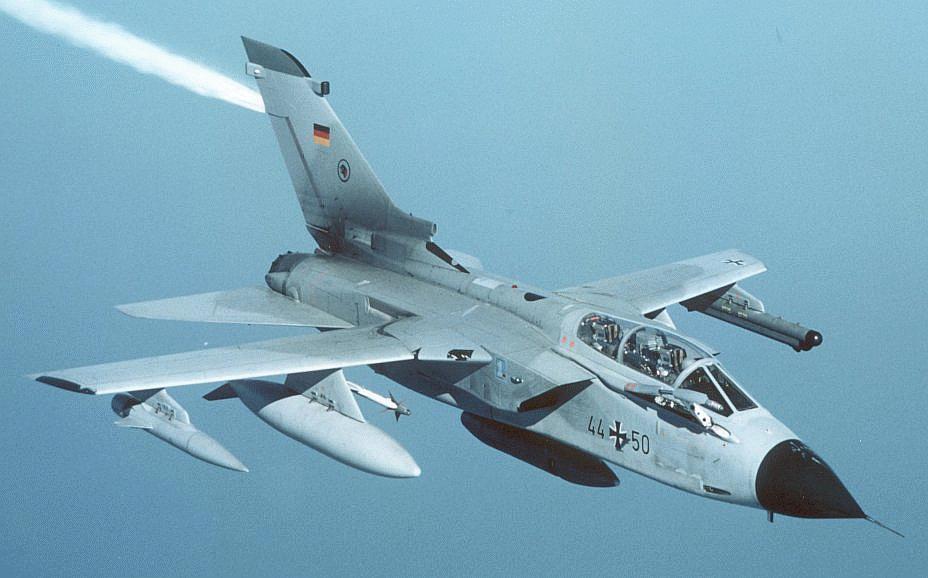
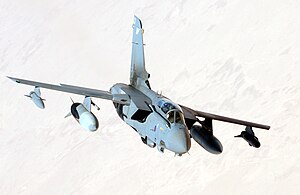



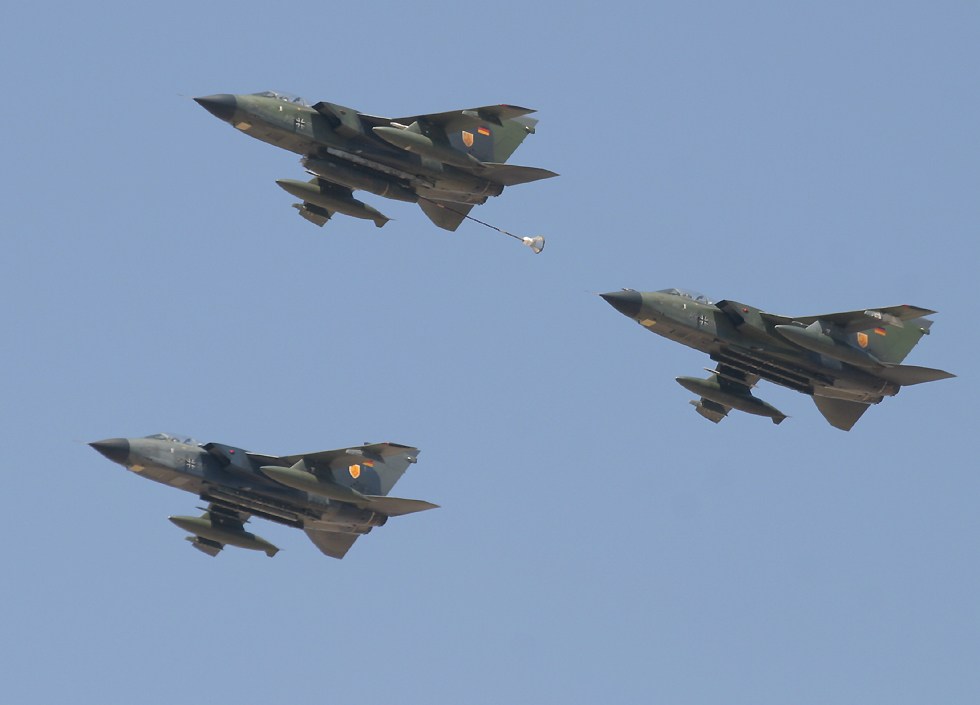





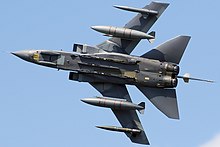
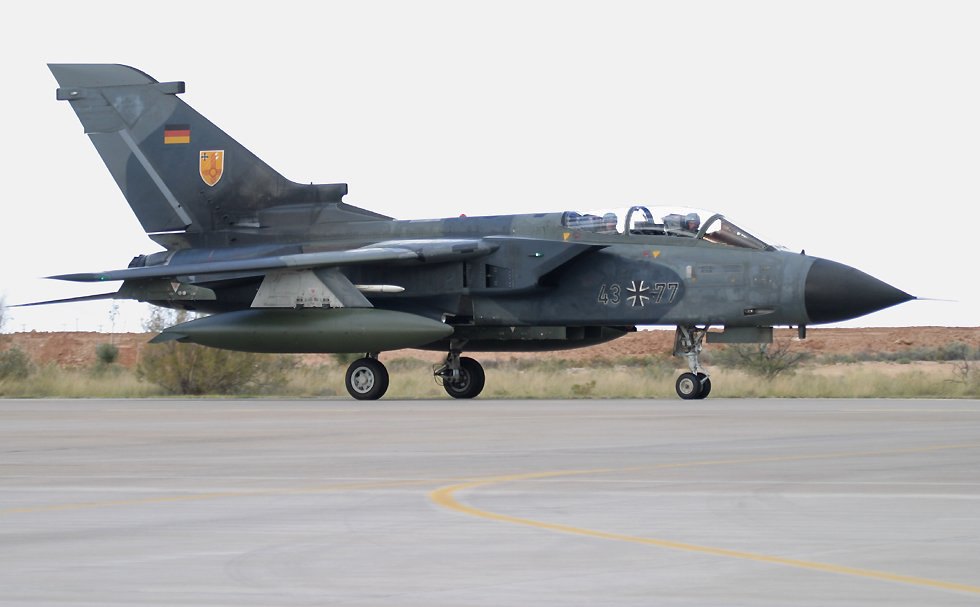





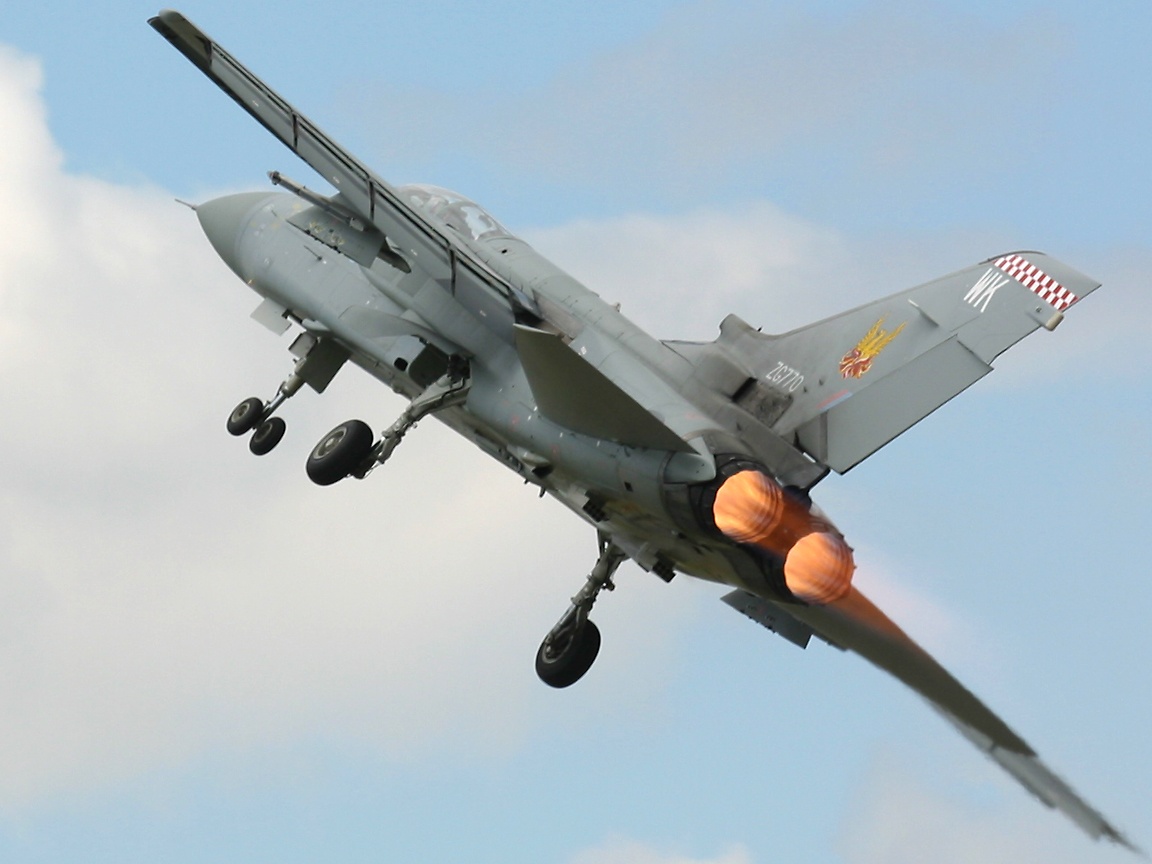

No comments:
Post a Comment